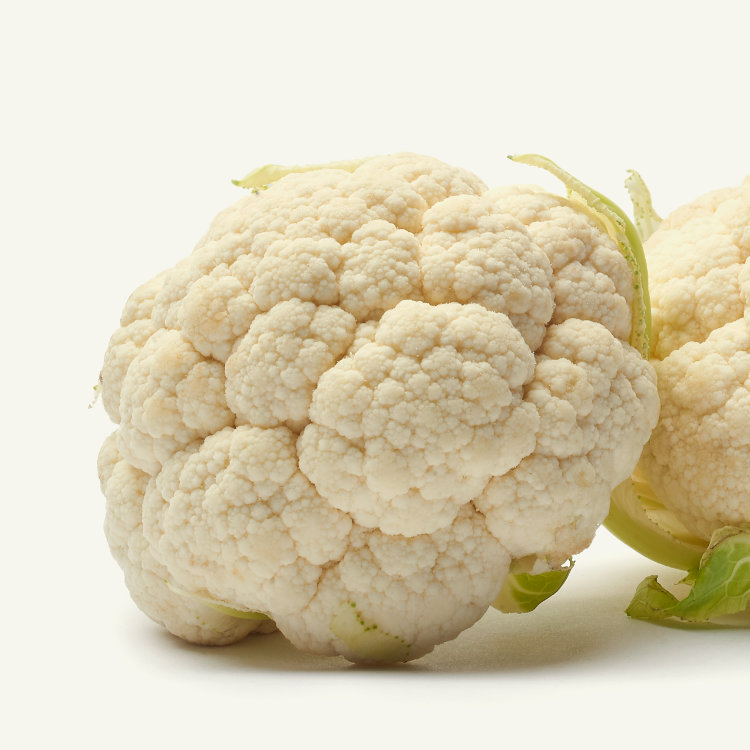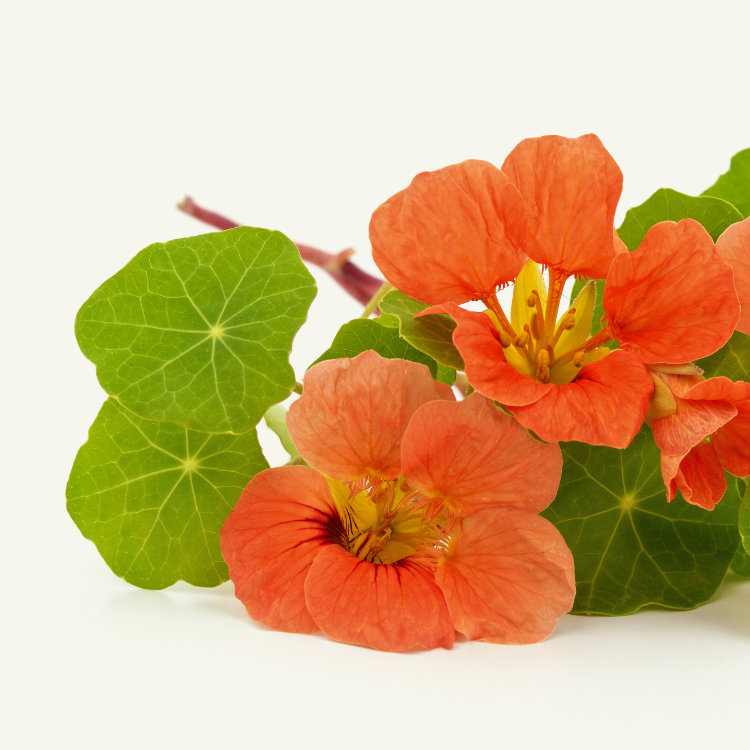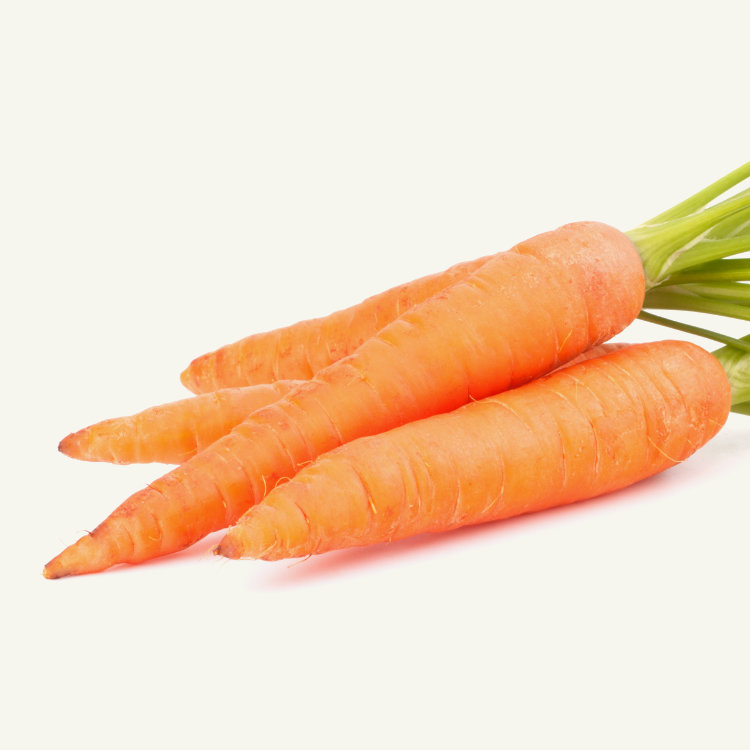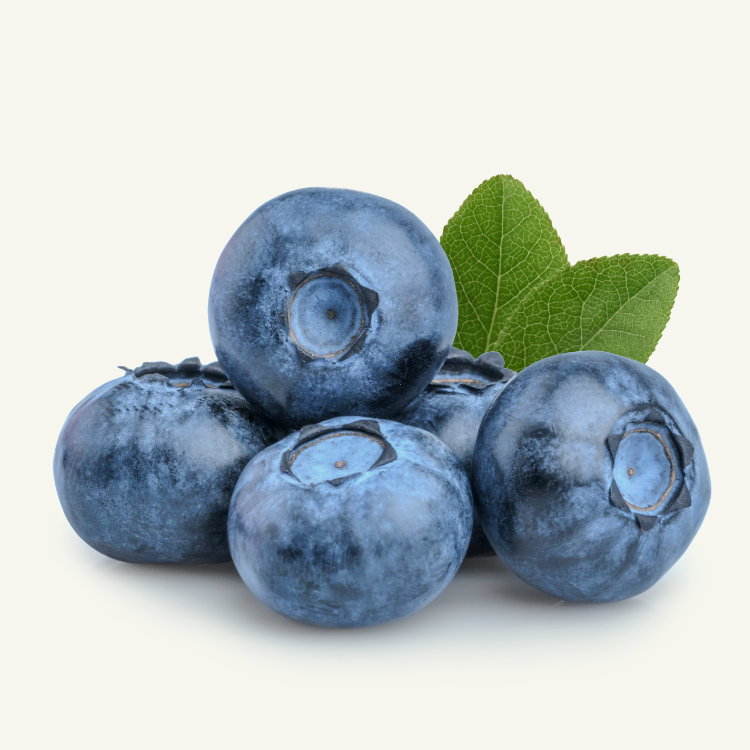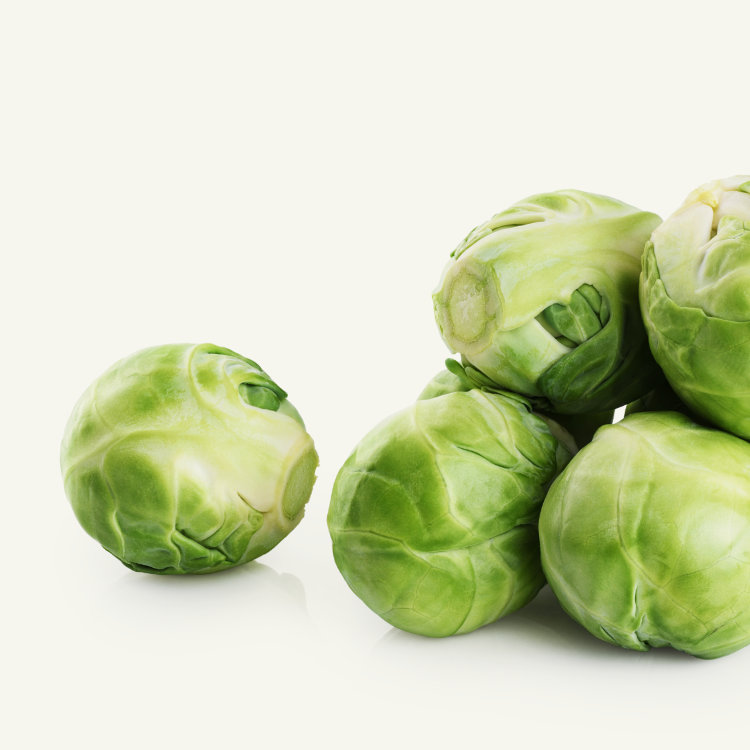Description
Cauliflower, Brassica oleracea var. botrytis, is an herbaceous annual or biennial plant, one of the several vegetables of the same species in the genus Brassica of the family Brassicaceae.
Typically, only the head is eaten which is composed of a white inflorescence meristem. The large head is usually creamy white, but purple, green, and orange cultivars are available.
Cauliflowers need space, deep and rich soil, and abundant watering, especially in summer. With the right conditions, they can be grown all year round.
Characteristics
Plant
Type
Herb
Life
Cycle
Annual
Biennial
Plant
Height
60–90 cm
(24-36 in)
Plant
Spread
60 cm
(24 in)
Biodynamic
Group
Flower
Plants
Hardiness
Zones
USDA 3-10
RHS H4
Cauliflower heads can be eaten cooked or fresh. You can also eat cauliflower leaves, in many of the same ways you eat other leafy greens.
Growing Conditions
Sunlight
Full sun
Water
Moisture loving
Soil
Loam, clay, sand.
Fertilization
High
PH
6.5 to 7.5
Culture Guide
Propagation
From seeds
Deep
1,3 cm
(0,5 inches)
Space
60 cm
(24 inches)
between plants
Distance
60 cm
(24 inches)
between rows
Calendar
JANUARY
FEBRUARY
MARCH
APRIL
MAY
JUNE
JULY
AUGUST
SEPTEMBER
OCTOBER
NOVEMBER
DECEMBER
Unfavourable. Sow/Plant Sow/Plant/Harvest. Harvest.
Sowing, planting, and harvesting times are region and hardiness zone-dependent. Please adjust dates according to country and crop used.
To know the best times for indoor seeding, outdoor sowing, planting, and harvest, please consult our gardening calendar.
Pairs
Companion planting is an excellent method to maximise space, improve pollination, deterring pests, prevent diseases, and improve growth.
Discover what crops can you use for better results, and the ones you should avoid.
Positive
Absinthe
Basil
Beans
Chard
Dandelion
Eggplant
Leek
Marigolds
Nasturtium
Peas
Potato
Radish
Spinach
Sunflower
Negative
Broccoli
Cabbage
Garlic
Kohlrabi
Shallot
Strawberry
Pests and Diseases
Cauliflowers need the right conditions to produce good crops. They are considered easy to grow and resistant to common pests and diseases. The problems that may appear are easily preventable or controlled.
Some of the most common are: cabbage aphid, cauliflower mosaic, cabbage loppers, large cabbage white, flea beetles, downy mildew, thrips, white rust, club root, diamondback moth.
Prevention and Control
Prevention and control methods depend mostly on the pests and diseases affecting your plants. Weather, soil, and the surrounding environment can also promote or demote plant problems.
For the most common issues, you can use horsetail decoction, neem oil, pyrethrum, and Bacillus thuringiensis.
Nutrients
Energy
Carbohydrates
Water
Average nutrition values per 100 g. of edible portion.
Percentage of daily values based on a 2000 calorie diet.
Health Benefits
Cauliflower is very rich in vitamins and minerals and is a good source of vitamin C, vitamin B5, vitamin B6, vitamin B9, vitamin K, potassium, magnesium, manganese, and phosphorus.
Cauliflower is fiber-rich, high in Choline and Sulforaphane, and has anti-inflammatory properties, helps to prevent aging, supports healthy weight loss, can help detoxify the body, and can help to reduce the risk of nervous disorders.
You may also like to know more about

